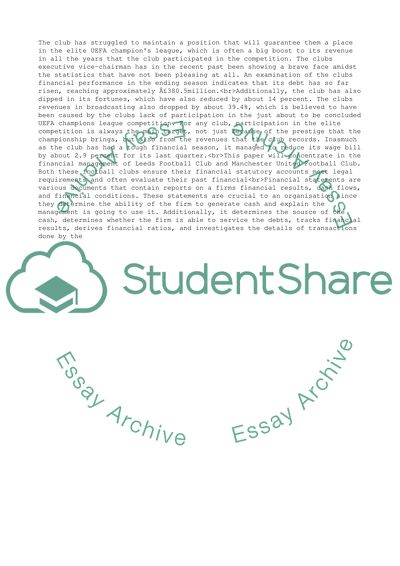Cite this document
(Project and Financial Management Essay Example | Topics and Well Written Essays - 2500 words, n.d.)
Project and Financial Management Essay Example | Topics and Well Written Essays - 2500 words. https://studentshare.org/finance-accounting/1877357-project-and-financial-management
Project and Financial Management Essay Example | Topics and Well Written Essays - 2500 words. https://studentshare.org/finance-accounting/1877357-project-and-financial-management
(Project and Financial Management Essay Example | Topics and Well Written Essays - 2500 Words)
Project and Financial Management Essay Example | Topics and Well Written Essays - 2500 Words. https://studentshare.org/finance-accounting/1877357-project-and-financial-management.
Project and Financial Management Essay Example | Topics and Well Written Essays - 2500 Words. https://studentshare.org/finance-accounting/1877357-project-and-financial-management.
“Project and Financial Management Essay Example | Topics and Well Written Essays - 2500 Words”. https://studentshare.org/finance-accounting/1877357-project-and-financial-management.


